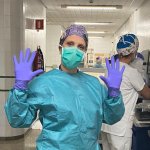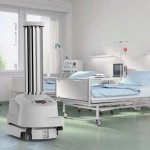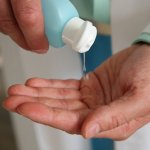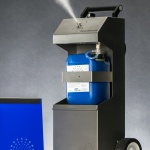
Article • Preventing endoscope contamination
Ways to enhance hygiene in endoscopy
Stringent endoscope cleaning between procedures is vital. However, with so many steps in the process – plus high demand for rapid turnaround of endoscopes – contamination and biofilm build-up are still being reported. Endoscope hygiene and cleaning protocols were central to an online event organised by Pentax Medical, with important contributions from leading specialists. The event examined…


























